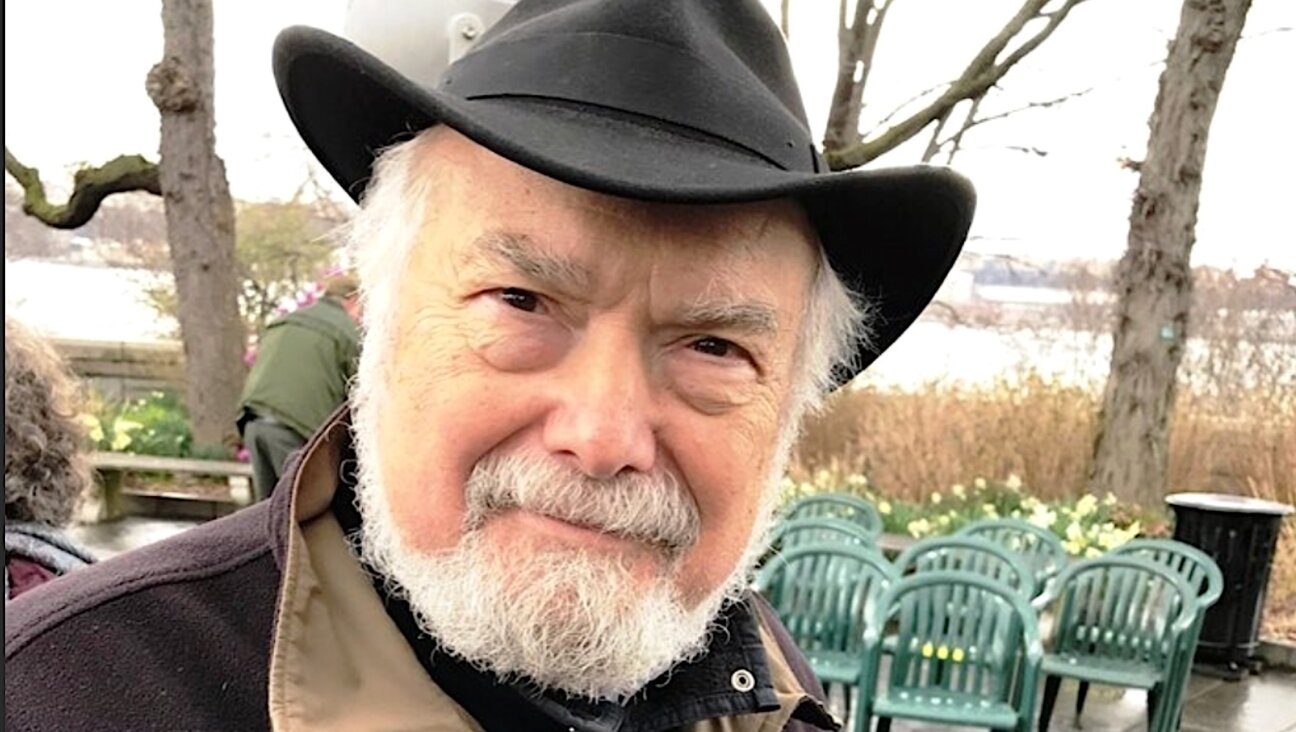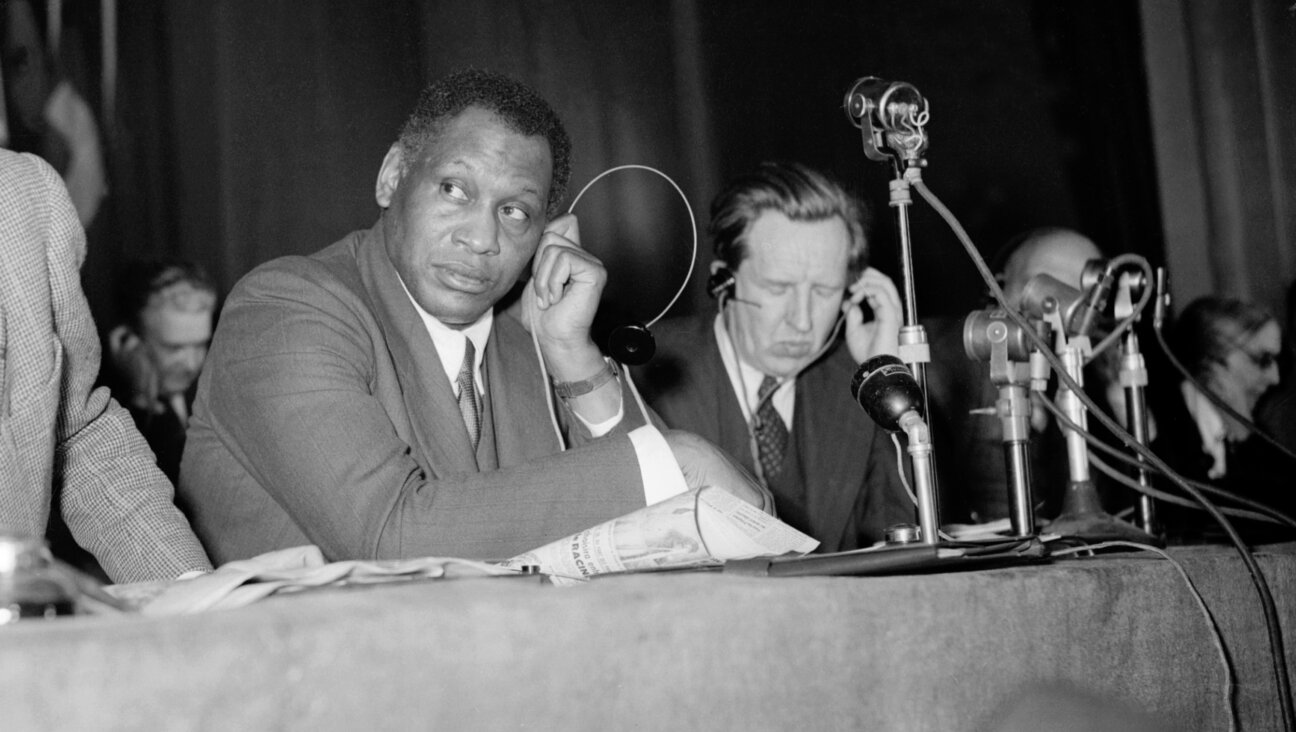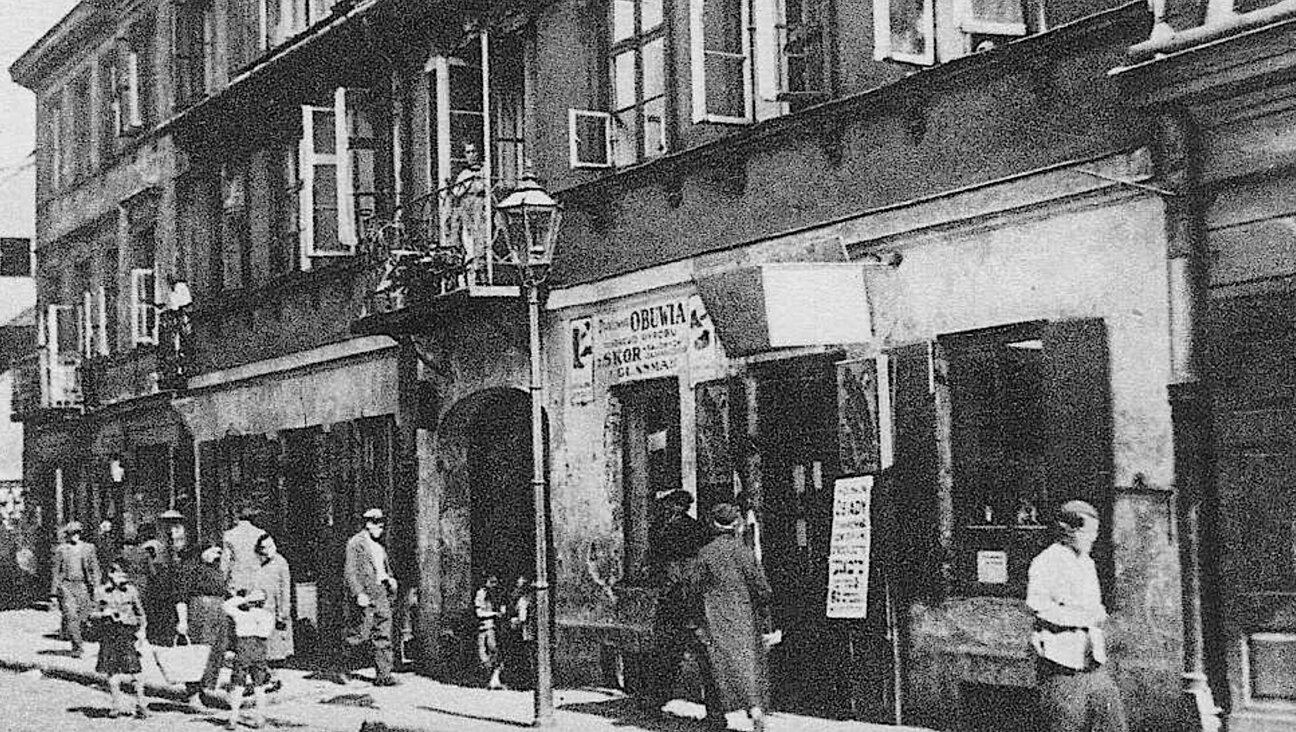120 Years of the Forverts: Pogrom Refugees Desperately Seeking Relatives in America

Image by Forward Association
This article originally appeared in the Yiddish Forverts.
Although the sheer brutality of the pogroms has been largely overshadowed by the Holocaust, the massacres of Jews in the Russian Empire before WWI and especially in the postwar chaos surrounding its dissolution (1917-1922) were so well-orchestrated that some modern scholars consider them to have constituted a genocide.

The page from the Yiddish Forward ” The Alphabet of Blood and Tears “ listing Pogrom survivors
An estimated 100,000 Jews were murdered between 1917 and 1922 by military units belonging to all sides of the Russian Civil War. Besides the death toll the attacks on Jewish civilians forced about two million to flee their homes, especially in Ukraine and Galicia (today this would be referred to as ethnic cleansing.)
The catastrophe was the worst mass murder of Jews since the Khmelnytsky Massacres of 1648. For recent Jewish immigrants to America it was a double tragedy. First they had to mourn their murdered relatives in the old country and then they had to provide for the needs of their surviving relatives who were left homeless and unemployed. Although it may sound cruel to think of helping one’s relatives as an undue hardship, most new immigrants simply didn’t have the financial resources to send aid abroad. As a community, however, American Jews spared no expense in aiding their relatives through organizing massive aid packages of food and winter clothing and purchasing buildings to serve as temporary shelters. There was also a large effort to help pogrom survivors immigrate to America.
During these dark years the Forward sent correspondents to Kiev to create lists of displaced refugees so that their relatives in America could learn their fates. Under the headline, “The Alphabet of Blood and Tears – Greetings from your Unfortunate Relatives from Hundreds of Towns in Ukraine who are now in Kiev,” ran an alphabetical list of pogrom refugees. Alongside their temporary addresses the Forverts published a sort of shorthand using numbers to show what they needed. 1 meant “We’re healthy,” 2 – “We request that you take all necessary measures to help us move to America,” 3 – “We need money” and 4 – “We don’t need money.”
Just a few of the listings is enough to give a sense of the dark era:
Dashevski: Hazkel son of Nukhim, 10 people. 5 Savska Street, apt #16, previously residents of Tsybuliv, Kiev Province. Seeking Dashevski and Melski in Cleveland. 1. 2. 3.
Cherney: Shime son of Shloyme, 4 people. Verenskaya Street, previously residents of Kiev. Seeking Benedict Cohen (brother) of 1358 Fulton, Avenue in the Bronx and Tsilye Cohen (sister) of the same address. 1. 2. 3.
Weinzier: Hersh son of Leyb, 22 people, 35 Pushinski Street, apt #10, previously residents of Bialystok. Seeking Refoyl Weinzier (son) in New York at the Bialystok Relief Society on East Broadway, chairman: Mr. Wein. 1.2.3.
A message from our Publisher & CEO Rachel Fishman Feddersen

I hope you appreciated this article. Before you go, I’d like to ask you to please support the Forward’s award-winning, nonprofit journalism during this critical time.
At a time when other newsrooms are closing or cutting back, the Forward has removed its paywall and invested additional resources to report on the ground from Israel and around the U.S. on the impact of the war, rising antisemitism and polarized discourse.
Readers like you make it all possible. Support our work by becoming a Forward Member and connect with our journalism and your community.
— Rachel Fishman Feddersen, Publisher and CEO
























